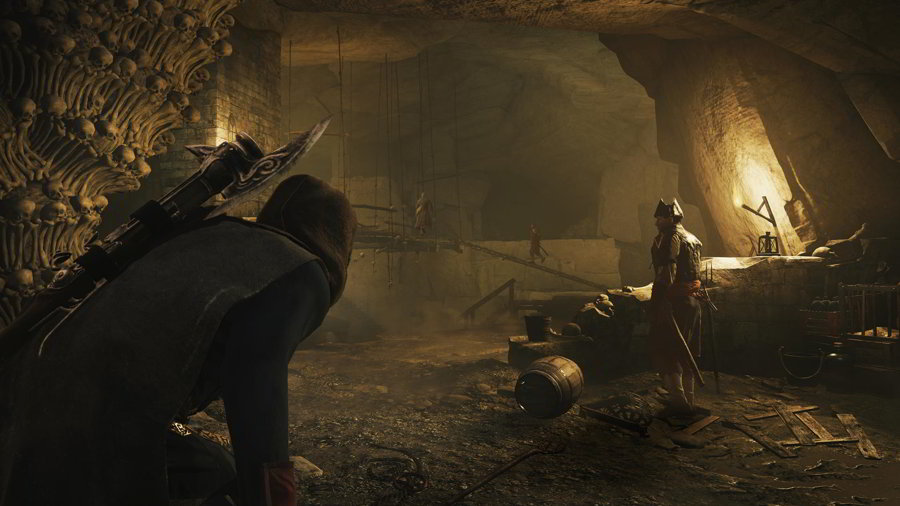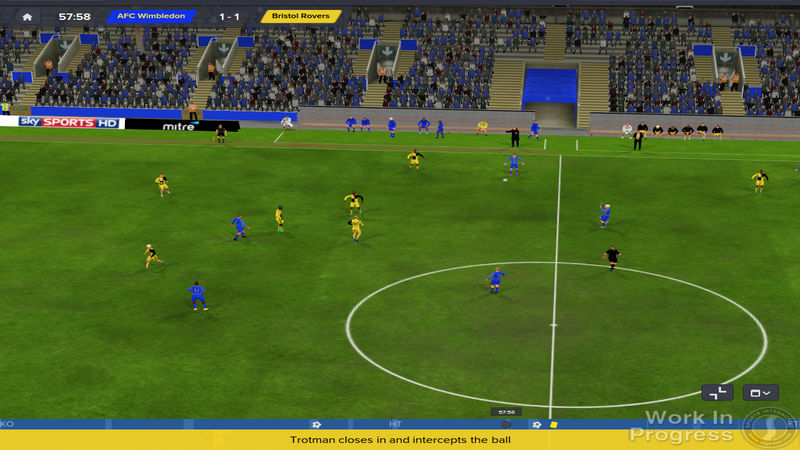Trees. Trees everywhere.
For all that they are nearly ubiquitous aboveground, the simple fact is that trees are one of the most important things you can find in Minecraft, and so it behooves any set of articles on the game to include an entry just for trees. Trees in Minecraft produce one essential resource (wood), several optional resources (leaves, vines, apples) and some very useful other things (altitude and, potentially, building space). They are also, if handled properly, an infinitely renewable resource that will give you almost everything you need to survive and many of the important things you need to thrive.
As I stated in a previous article, though, I am not going to be showing recipes in articles that are not marked as being [i]only[/I] for recipes. Instead, I’m going to discuss how to use and care for your Minecraft forests so that they will provide for and protect you in turn.
Wood is a very significant resource in Minecraft: wood blocks are one of the only 5 types of blocks that you can harvest barehanded as well, joining the ranks of sand, gravel, cactus, and dirt. This is important because wood is needed to make all of the basic tools and most of the advanced tools. That includes the axe, which is the tool of choice for harvesting wood, achieving a better speed than any other tool for harvesting wood blocks (and also being second only to the sword as melee weapons go).
There are four main kinds of trees in Minecraft- two of which are essentially the same tree. Birch trees have the lightest leaves and their wood blocks have white side surfaces with distinctive black splotching. This makes them a frequently-chosen wood for building with the raw wood blocks, as their bark pattern can be very pleasing if complemented well. Birch trees are easiest to find in low hills or plains. Oak trees have the second lightest leaves and their wood blocks are a moderate brown on the sides with a vertical grain. These trees are found in pretty much any grassy area that is not a high mountain or swamp, nor full of snow. Swamp trees tend to be low and broad compared to the other types of trees, and often naturally grow vines hanging from them. Their wood is a slightly darker color than that of oak trees, and their leaves are a darker color and block more light passing through than oak leaves. They are found, naturally, in swamp areas. Curiously, the only difference between a swamp tree and an oak tree is where it grows- oak tree saplings grow swamp trees when planted in a swamp, and swamp tree saplings grow oak trees when planted outside of a swamp. Pine trees are found on high mountains and in and around snowy areas. They have the a darker color of wood than swamp trees and oak trees, and their leaves are the darkest of all the trees to be found. Pine trees seem to come in two main shapes- there is an almost matchstick-shaped variety of pine tree that grows a small clump of leaves around the top and tends to be very tall, and there is a kind of pine tree that grows in a shape more reminiscent of the stereotypical Christmas tree with broad lower ‘floors’ of leaves and narrower clumping towards the top.
It is possible to grow any type of tree in any area of the map provided there is enough dirt; trees seem to need dirt several blocks deep in order to grow from saplings. However, the naturally-occurring trees are as described.
Harvesting wood and maintaining your forest is important, though. You will find yourself needing wood constantly, for tools, for building, and for the most convenient light source available, the torch. However, you can’t simply go out and chop down trees and use the wood- if you do so, you will find yourself quickly destroying any nearby forests and having to go farther and farther afield to find more wood. You may even find yourself unable to get ahold of any more wood at all.
First off, harvesting trees. Cutting down wood is pretty simple- you can even do this barehanded, though it takes much longer. Leaves and vines are a bit tougher. You can break vines and leaves with any tool or object including your fist. Removing leaves in this way allows you to pick up apples if the tree you are cutting down is not a birch tree, and every so often you will get a sapling. This is very important, because saplings are the only way to get more trees. As stated before, you can plant a sapling anywhere that there is enough dirt and light and it will, with time, grow into a tree. As far as I am aware there is no way to make a tree grow or to make it grow faster. There is also no way to choose what shape a tree will grow into, so that at least is entirely a matter of luck.
Another method of destroying leaves and vines is with the Clippers tool. Left-clicking on leaves with the clippers will actually harvest them instead of just destroying them. While this makes saplings much harder to get, you can then take the leaves and tack them onto another tree, thereby increasing either shade or space on which to stand and build. Left-clicking on vines with the clippers will harvest the piece of vine you were aiming at, and any vine hanging below that piece will immediately be destroyed entirely. This means that if you want a lot of vines, you should harvest from the bottom to the top. Vines do grow and spread, however, so you do not need to be especially careful.
Vines, leaves, and wood will all burn, so if you are not worried about collecting anything and don’t mind standing back for a moment, you can always set fire to them and wait for them to burn away. This is not recommended in most cases, because fire is dangerous and difficult to control. It also prevents you from gaining anything out of the destruction itself, unless you really needed direct sunlight that badly.
There is a fourth way to destroy leaves- if a block of leaves is not in some way attached either through other leaf blocks or directly to a piece of wood- not planks or fence, but actual wood blocks with bark- then that block of leaves will vanish after a certain amount of time. This will allow the leaves to produce an apple or sapling, and is probably the best way to handle leaves you cannot reach, rather than spending time building a tower to reach them or setting them on fire.
All of that said, you then have your wood, your leaf blocks, your saplings, your vines, and your apples (or whichever combination you chose to pick up). This leaves the saplings to handle.
Saplings will not grow where there is no light, so planting them too close to another tree is unlikely to do anyone any good. They can only grow on dirt or sand, so stone and gravel are surfaces to avoid. Saplings also take some time to grow into trees, which they do rather suddenly and completely. How long it takes exactly appears to be at least partly random, so do not count on planting a tree and then coming back the next ‘day’ (or the day after or the day after) to a grown tree. Go ahead and check on saplings regularly, just do not expect them to sprout properly in a particular period of time.
With this knowledge, you are now prepared- you can maintain your forests, expand them, plant new ones, or even just slash and burn away entire areas of foliage as you like. Whatever you choose, you now know how to keep yourself possessed of enough wood to keep going for a long, long time.






 FTL: Faster Than Light - Advanced Edition Mini-Guide
FTL: Faster Than Light - Advanced Edition Mini-Guide . Plays, 14th November, 2015
. Plays, 14th November, 2015 Sleeping Dogs Listening In Mission Walkthrough - GamersHeroes
Sleeping Dogs Listening In Mission Walkthrough - GamersHeroes Dark Souls Chaos Witch Quelaag Guide
Dark Souls Chaos Witch Quelaag Guide The Games Of The Generation: Steves Choice
The Games Of The Generation: Steves Choice